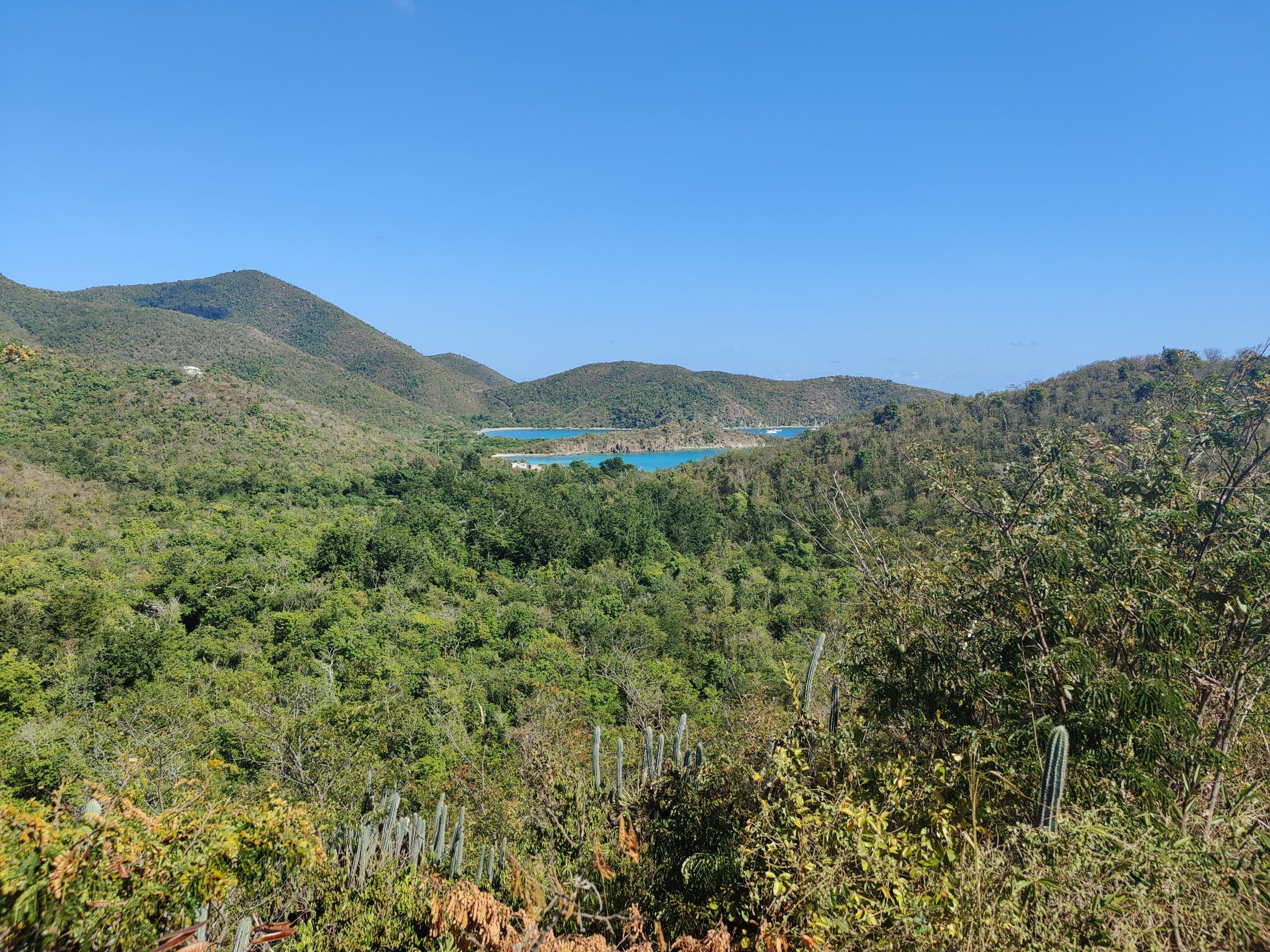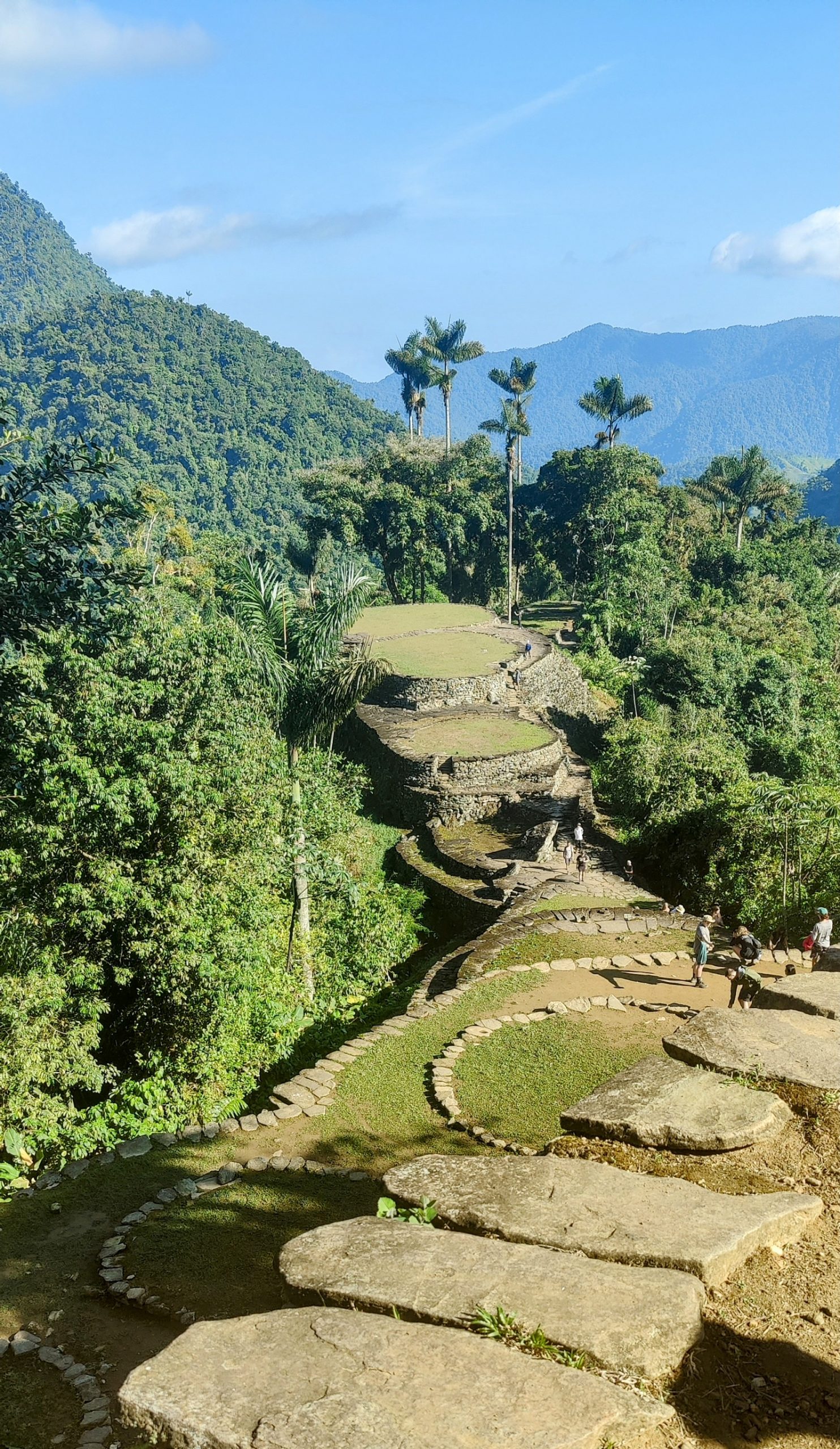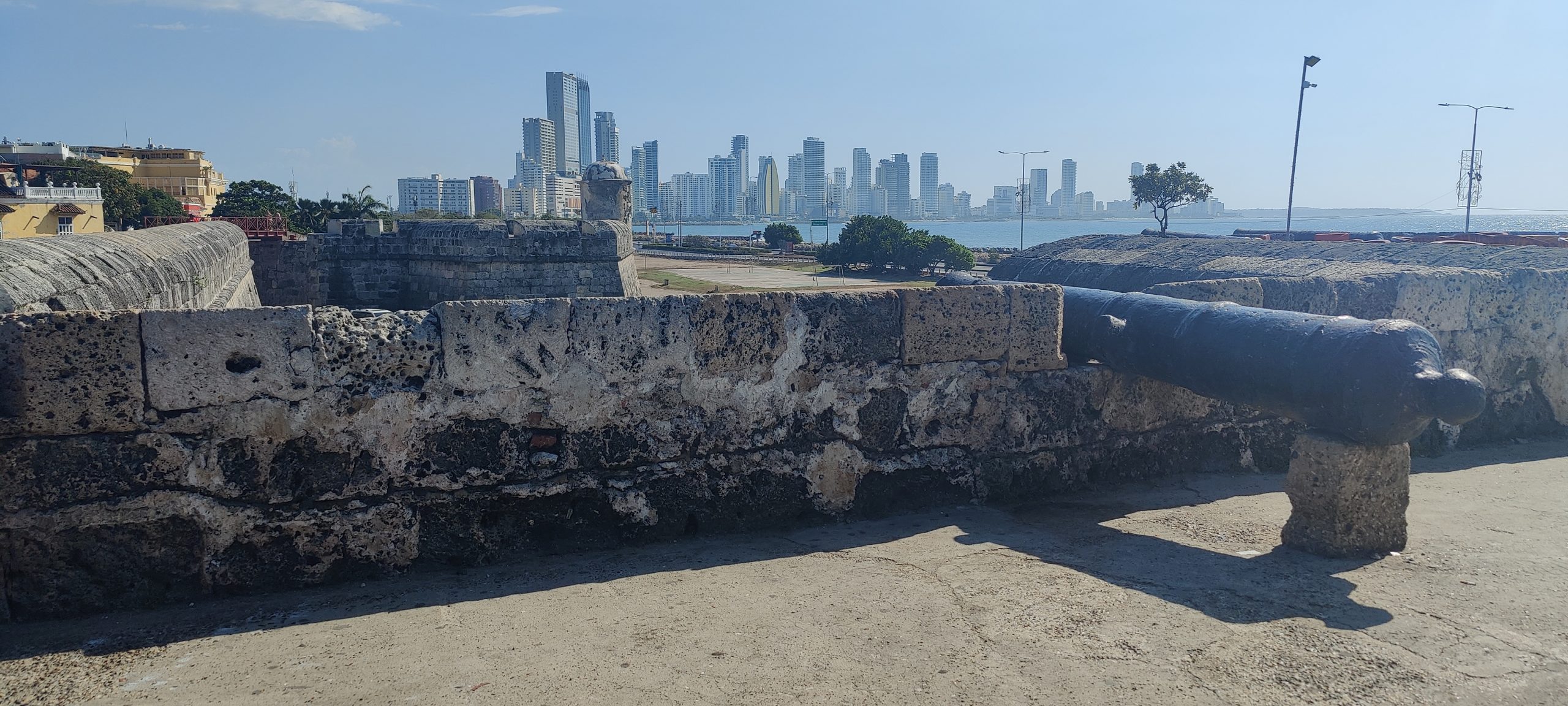When we sailed away from Guadeloupe, we had initially set course to the US Virgin Islands directly. But some of our friends saw on Instagram, that we were heading to US Virgin Islands and warned us about the US ESTA regulations. It turns out that if you want to sail to US territories with your own vessel, it is not enough to have an approved ESTA. You have to enter with a commercial vessel (ferry or airplane) and have the ESTAs activated with a stamp in everyone’s passport. Then you are allowed to bring your boat into US territory.
Very glad to have been warned, we changed course to the British Virgin Islands, where there are ferries sailing to and from the US Virgin Islands.
The sail from Guadeloupe was the first time, we were at sea for several days without crew. We wanted to avoid big waves, and sailed out when there was not much wind. It gave a lot of motor sailing. On the other hand, we didn’t get seasick, and could prepare food and do the dishes, and all of the things that are usually difficult with seasickness. Both Anton and Elliott had night watches as me and Martin. They managed it incredibly well. We struggled a lot with big patches of sargassum, which slowed us down the first night. We struggled with keeping up the speed as the propellers caught the sargassum and we had to reverse to get rid of it. Instants after, the sargassum was caught in the propellers again. We’ve been reading news about the unusually big blossom of sargassum in the Atlantic, that is now heading to the Carribbean sea. It seems that we will be encountering the sargassum again during our time in the Carribbean sea. Other than that we had a good sail with moonlight and starbright nights. We ended up being at sea for 2 days and three nights.
In the British Virgin Islands we took the ferry to St. Thomas, US Virgin Islands to activate our ESTAs. We spent the day walking around in Charlotte Amalie and watched the Danish street names. It was fun to se street names like them in Copenhagen, so far away from home.
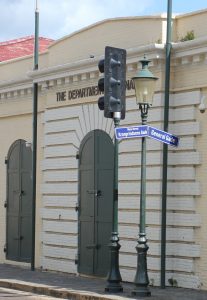
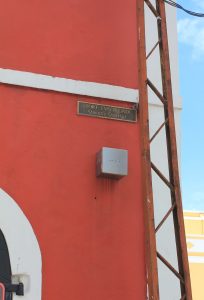
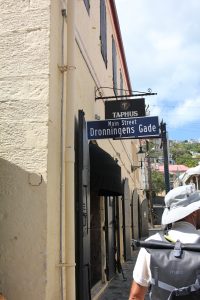
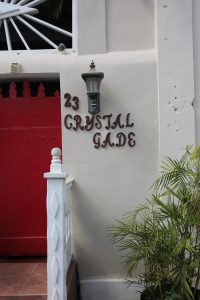
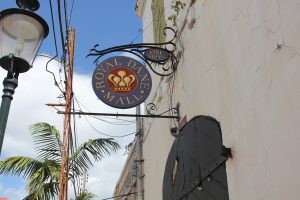
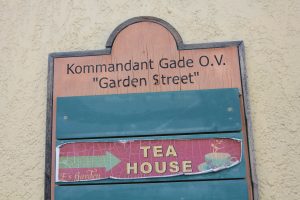

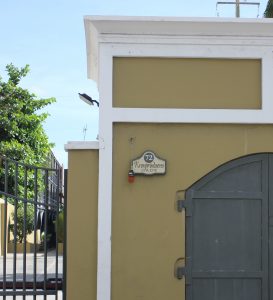
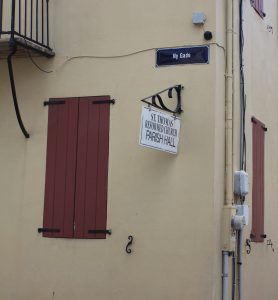
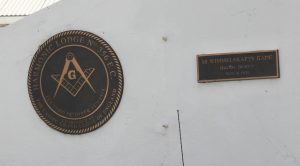
We also visited a tourist attraction, 99 steps, which is only known for the fact that there are many tourists who think it’s fun to walk on the 99 steps. However, there was just too much life on the stairs. All sorts of lizards of all sizes crawling around your feet. I hurried up the stairs while the children looked for the different kinds of lizards. At the end of the steps there was a beautiful view of the bay making it worthwhile the walk amongst the lizards.
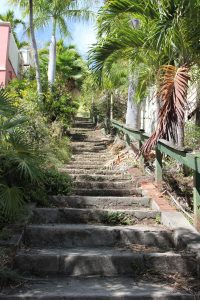
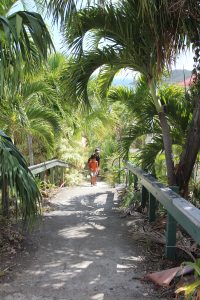
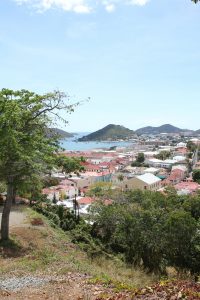
The next day we sailed from the British Virgin Islands to St John in US Virgin Islands. 2/3 of the island and the surrounding sea is a national park. After clearance in Cruz Bay, we anchored at a really nice bay, Little Lameshur Bay, where large sea turtles swam right by our boat all day long.
There are various trails on the island that you can follow depending on your fitness level. We hiked the Lameshur Bay Trail, which led us to Taino petroglyphs near reef Bay.
These carvings, made using simple tools like shells and stones, are thought to date back hundreds or even thousands of years.
The petroglyphs are a fascinating glimpse into the beliefs and culture of the Taino people. Some of the symbols are thought to represent animals, while others may have had a more spiritual or ritualistic significance. We spent some time locating all the signs, and headed on to the next stop on our hike, a ruin of a sugarmill with a steam power engine.
During the hike, Martin had the camera for once and he shot many pictures of the beautiful nature with Victor as a model. At one point he looked down at the camera screen and saw that there was no card in the camera. All his work was wasted. We really wanted to have some pictures of the Petroglyphs, and decided to go back and get some pictures on the phone.
We enjoyed the hike through the surrounding forest with stunning vistas of the Caribbean Sea and lush, tropical foliage with a glimpse of the local wildlife, including iguanas, birds, and deers foraging near the trial.
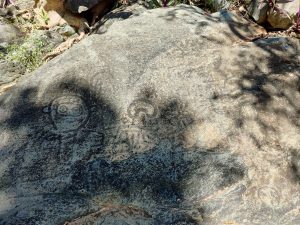
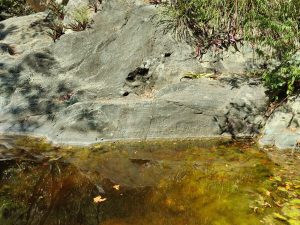
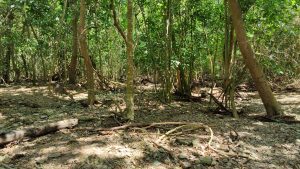
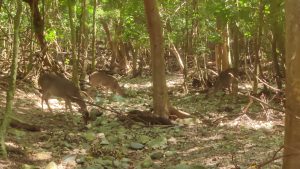
Almost the entire island of St. John was laid out as sugar cane plantations in the colonial period. Along some of the trail you could still see some of the old stone dikes that separated the plantations. There are several ruins of old mills and sugar cane factories on the Island. The one factory, that we hiked to at Reef Bay had been modified in the 1900s to run on steam power.
The tall, cylindrical tower of the mill dominates the landscape, surrounded by the crumbling remains of the buildings that housed the workers and the machinery that processed the sugar cane.
Exploring the ruins, we could imagine us back in time to the heyday of the sugar industry, when this mill was the center of activity on the plantation. We saw the massive stone walls that once held the grinding wheels, and the channels that carried the sugar cane juice through the various stages of processing.
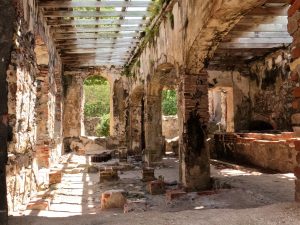
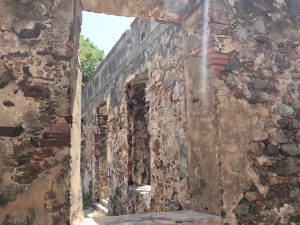
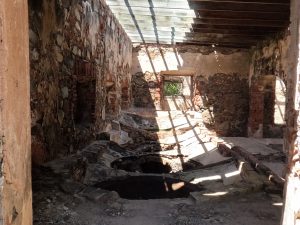
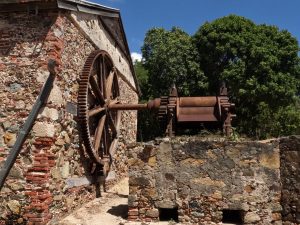
After seeing the sugar mill, we hiked back to Lameshur Bay, where our boat was anchored. Tired of the long hike, we all went to bed early full of new experiences.
The next day Martin, Anton and Victor went snorkeling at a reef by the bay. Upon check in at Cruz Bay, we had visited the information center of the National Park. A park ranger told us about this reef. It is the best preserved reef in the national park, and an excellent place to snorkel for sea turtles, various kinds of fish and corals. Martin caught a sea turtle accompanied by 2 fish on the Gopro. Afterwards we went to the beach and continued snorkeling. There were also some reef by the beach at shallow water.
Lameshur Bay was a really nice place to anchor and we had some good days in St. John. We got to see the beautiful nature of the island and some of the it’s cultural history.
Although it was cumbersome to get into the USA, we have been really glad to have seen the US Virgin Islands.
